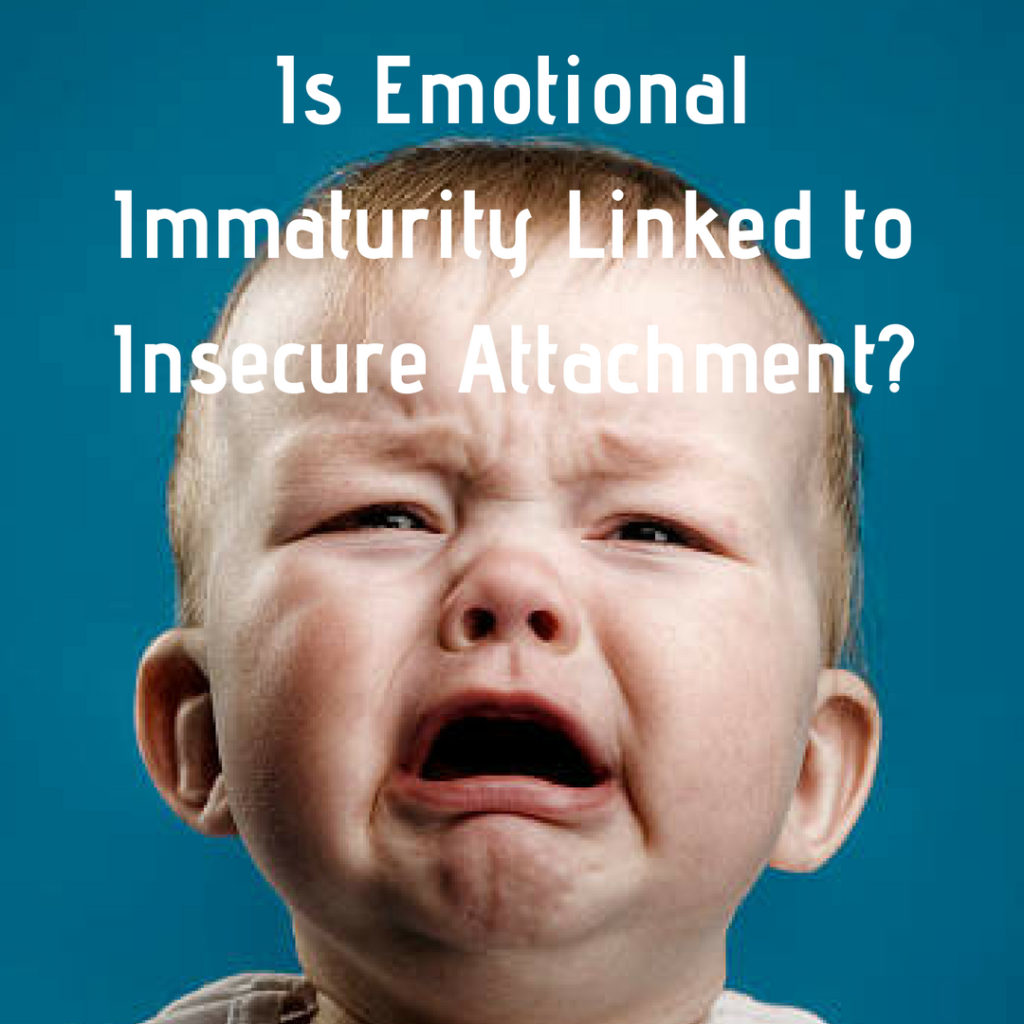Attachment is a type of emotional bond that develops during childhood and may not be done correctly. In other words, the needs of young people may not be met, resulting in harmful attachment patterns. Reactive attachment disorder is one of these damaging patterns. It is characterized by an emotional and emotional inhibition of children in front of their parents or guardians. .
It is strange that children do not want any contact, they can move away from their caregivers as if they were toxic, these children were not born with this attitude, however, this was configured according to what offered them the environment in which they were inserted. In such cases, it is likely that children were in contact with a completely deconstructed and toxic environment for them.
- “The previous story of the child is the one that determines how he feels in the world and what he expects from him.
- ” – White Charo-.
When we talk about reactive attachment disorder, we mean a context that does not meet the basic needs of children, these needs include safety, protection and healthy contact with others, in addition, of course, eating, sleeping, not suffering, etc. For example, parents who don’t care for their children when they cry out of hunger or cold somehow “deactivate” the children’s main sign of demand.
As we can see, when the child’s most basic demands are not met, the child develops an attitude of not wasting energy on crying. This increases the chances of survival in the environment in which you must live. However, what are the other situations that can trigger this disorder?
Children with reactive attachment disorder avoid contact with their caregivers and are unable to express positive feelings and emotions or express very little; in general, they do not talk to anyone when they experience pain, fear, or restlessness; however, these situations often happen to them. .
Children who develop a reactive attachment disorder, caused by environments such as those described above, avoid contact with their parents or guardians; After all, they’ve learned that no matter what they ask, no one ever understands what they need. Affection and even physical contact make it difficult to express emotions and feelings. One way or another, these children become self-reliant and reject those who have hurt them. There’s no link. They did not feel valued and, as a result, developed a reactive attachment disorder as a strategy to adapt to the environment in which they lived.
With all this a question arises. Since everything that happens to us in childhood scores so much, is it possible that reactive attachment disorder has a solution?The answer is ‘yes’, but the approach is very complex because it is necessary to involve different professionals. A psychology expert isn’t enough. Therefore, it is also advisable to include a doctor and a social worker, in addition, the form of education itself and changes in the environment also interfere with the intervention plan.
The parent, legal guardian or caregiver must take responsibility for a time-taking process, however, the result can be very successful, what we should look for is building a strong and secure bond. It will be important to work on the child’s self-esteem and various social skills.
Many may wonder if this condition has actually been resolved or if the child is simply learning to communicate effectively with a number of tools that work for them. Does the child really create strong bonds?
In this sense, cognitive behavioral therapy proposes a cognitive restructuring strategy, which has been shown to modify dysfunctional cognitions that affect healthy bonding, a very encouraging possibility, especially for all children who have lived in disintorated families and therefore suffer from reactive attachment disorders.
Does the child need time to learn to trust the accessibility and availability of their guardian and therefore feel safe?Anonymous?
Parenting is a very important element for the responsibility of parents or guardians, children are not objects, they are people who will learn from their first relationships, from there they will tend to replicate the same pattern of interaction in the future. Try to do your best. Training, requesting support and help allows us to cover all the needs of children, thus preventing them from developing, in this case, a reactive attachment disorder.

